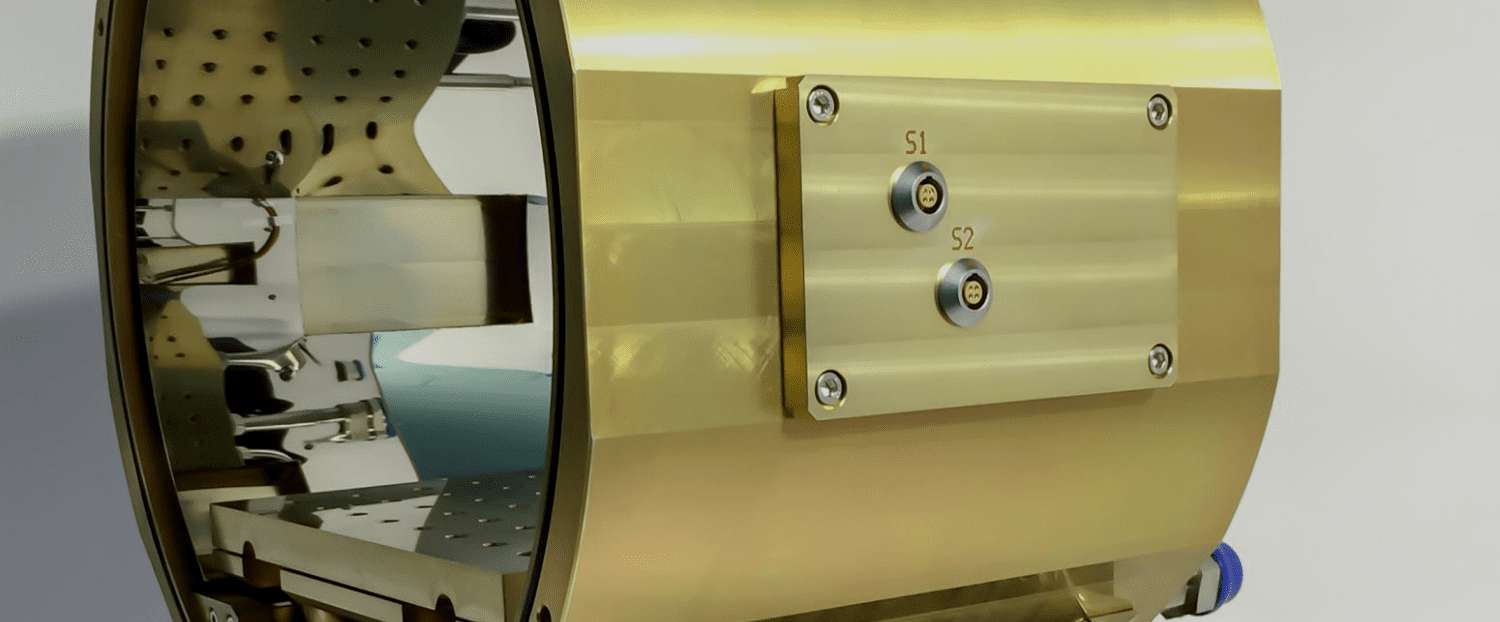
“Meccanica is a joint venture with Marco Engineering that provides responsive solutions to unique customer requirements. This collaboration merges the unique strengths of each entity to provide a unified solution partner with capabilities in engineering design and analysis, multiphysics simulation and testing and validation for the commercial, defence, scientific and aerospace industries.”
During his previous research work, Robert Boz—Meccanica’s CEO—noticed many shortcomings of on-premises simulation software. One big issue is the limitation of computing power. The local workstation is basically useless during a simulation run, which can take up to 16 hours per calculation.
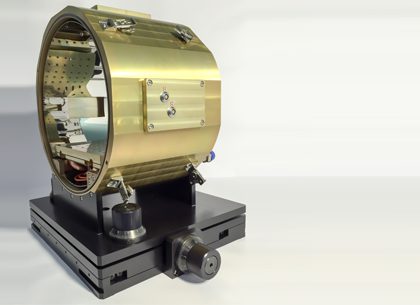
When Robert was searching for a solution, he first came to know Onshape and soon adopted it as his preferred CAD design tool. Through the partnership program of Onshape, he learned about SimScale and started performing diverse simulations with it.
The integration of high-end numerical tools also allowed him to move away from hand calculations. Although the analytical formulation of any problem gives a fast general overview of a problem, it cannot provide detailed information about the system’s performance. Furthermore, numerical simulations allow highlighting interesting areas in the design, which might need dedicated investigation in order to ensure the performance of the whole system.
One of the first analyses that Meccanica carried out with the SimScale cloud-based platform was the stress analysis of a (cryogenic) vacuum vessel. The task’s goal was to present the behavior of the assembly exposed to atmospheric pressure while keeping the inside of the part in the vacuum.
Since no significant deformations were expected, the static finite element analysis simulation type was selected. The nonlinearities of the problem were limited to physical contacts. Further modeling improvements were achieved by removing hyperelastic o-ring gaskets.
In order to acquire the best leverage of time and accuracy, the geometry was first tested on a coarse mesh. This way, the simulation setup could be validated, and modifications of the settings could be applied in a fast manner. After the coarse mesh produced a reasonable and stable simulation, the geometry was discretized with much bigger precision. Thanks to that, the obtained results were accurate and reliable.
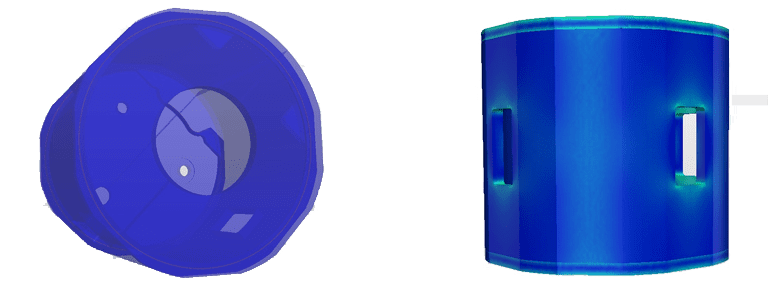
The results have demonstrated the capability of the SimScale platform to tackle complex systems of vacuum vessels. Data analysis has shown the displacements of the top and bottom plates with respect to the casing. Most importantly, they have demonstrated that contacts are engaged in limited areas, which might result in poor closing.
A comparison of the results of simulations with and without gaskets have shown that, as assumed, the part had little effect on the precision of simulation. The analysis provided valuable insights into the behavior of the cryogenic vessel and was a great starting point for a more detailed investigation.
The screenshots and images were also used during a successful project pitch. This demonstrated the strategic advantage of incorporating numerical simulations into a consultancy process.


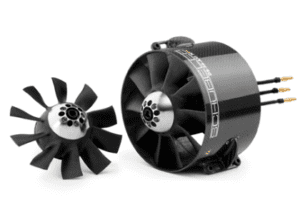

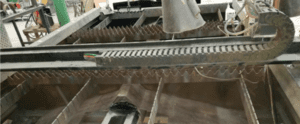

Sign up for SimScale
and start simulating now